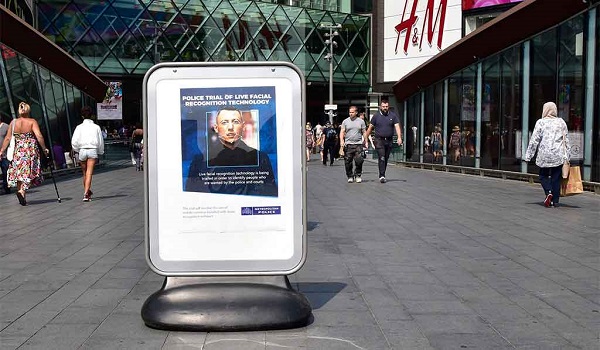Hi-tech mapping helping South Yorkshire Police reduce crime
Following the introduction of an intranet-based mapping system (IMS), police staff across South Yorkshire can access detailed, up-to-date information and analysis about local crime and anti-social behaviour at the touch of a button. The improved availability of this intelligence is helping the force to save money, improve community policing and reduce crime.

Following the introduction of an intranet-based mapping system (IMS), police staff across South Yorkshire can access detailed, up-to-date information and analysis about local crime and anti-social behaviour at the touch of a button. The improved availability of this intelligence is helping the force to save money, improve community policing and reduce crime.
The IMS technology from ESRI UK uses hotspot and repeat victimisation techniques to give a picture of what is happening within communities and provide solutions to frontline community service and has become an essential hi-tech toolkit for all police staff.
The initiative saw South Yorkshire Police (SYP) shortlisted in the 2007 e-Government National Awards for delivering innovative strategies which have produced above-average results in improved services, transformed processes and results, and increased effectiveness.
SYP already had a dedicated team of analysts using a geographic information system (GIS) to display the geographic location of incidents, analyse patterns and deliver intelligence products. These specialists provide a vital service in helping the police to solve and prevent crime. However, their time was often taken up producing routine reports and responding to individual requests for information from community police officers.
To address this issue, SYP launched a project to make a range of GIS-based analysis available to all officers, via the force intranet.
The IMS proved so easy to use that the force did not need to invest in training courses for users. Instead, SYP did a series of roadshows to promote and demonstrate the system to key officers and staff.
In the first month, over 400 users accessed IMS, and this figure is steadily increasing. As a result, the forces analysts are receiving fewer requests, which saves huge amounts of time and means that they can focus on more strategic value-adding analysis work. SYP has calculated that it will save over £600,000 each year from improvements in efficiency.
Real-time efficiency savings are easily measured. For example, if an individual officer wanted to examine robbery in a specific area, the time spent by an analyst working on this simple problem data mining, data conversion, mapping, etc would take 40 minutes. Doing the same thing using the IMS would take about two minutes, so straight away the efficiency savings to the organisation are potentially very large.
SYP is also seeing the benefits of visualising data via IMS. Safer neighbourhood officers, for example, can examine problems in a very detailed fashion streamlining the decision-making process for their area of responsibility. This removes any time lag effect in responding to the genuine needs of the community.
IMS is being used to assist in the delivery of frontline policing services within South Yorkshire, putting services in the right place at the right time for the right reasons, said a force spokesperson. IMS has transformed the way that police intelligence is communicated and used throughout the force.
One of the biggest indicators of the success of the project has been the reaction from police users who didnt realise that this kind of information was available. They are now using it to inform their activities for the first time and of course they want more!
SYP believes solutions, like its own IMS, will become best practice for all police forces nationwide. It has already been awarded GIS Industry awards and acclaimed by Police Standards Unit and HMIC as a beacon force for GIS in the country.
Certainly, this project has attracted a lot of interest from other police forces and we have been very proud to share our experiences, added the spokesperson. The Government has set high expectations for crime reduction, and we believe that GIS is a valuable tool for helping forces achieve their targets.
The e-Government National Awards recognised 2007s best of the best strategies, achievements, teams and individua


